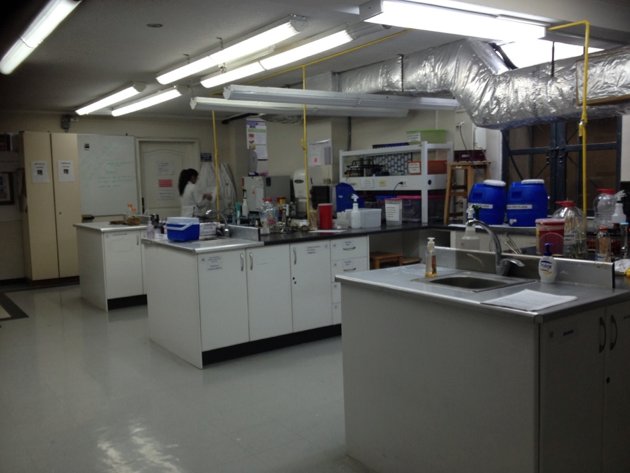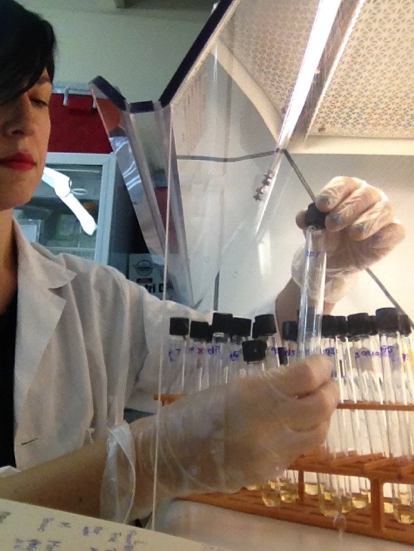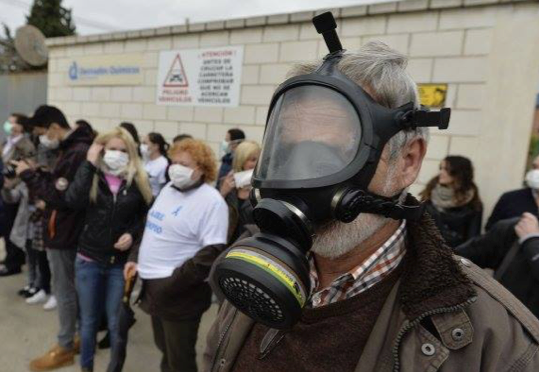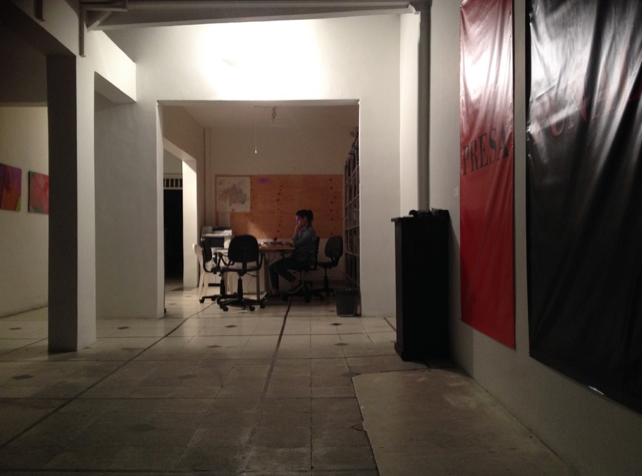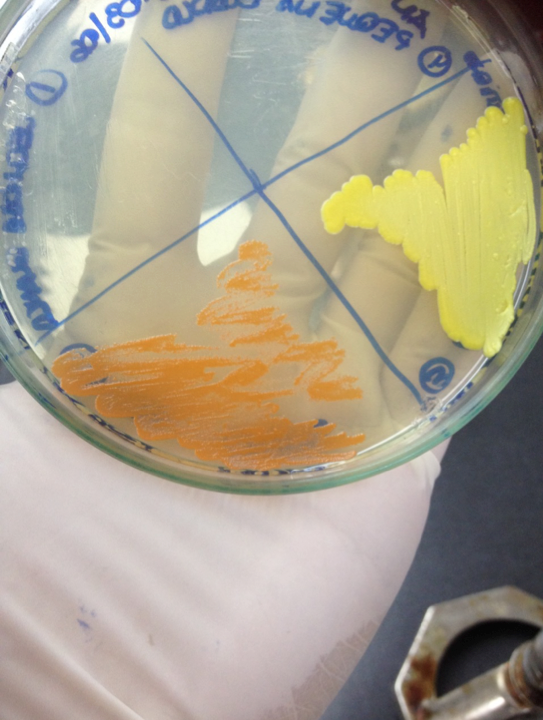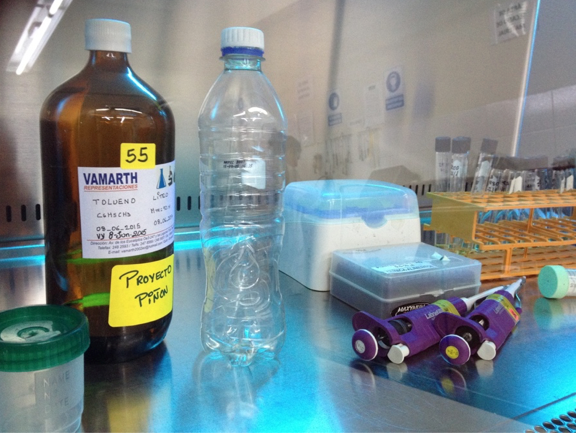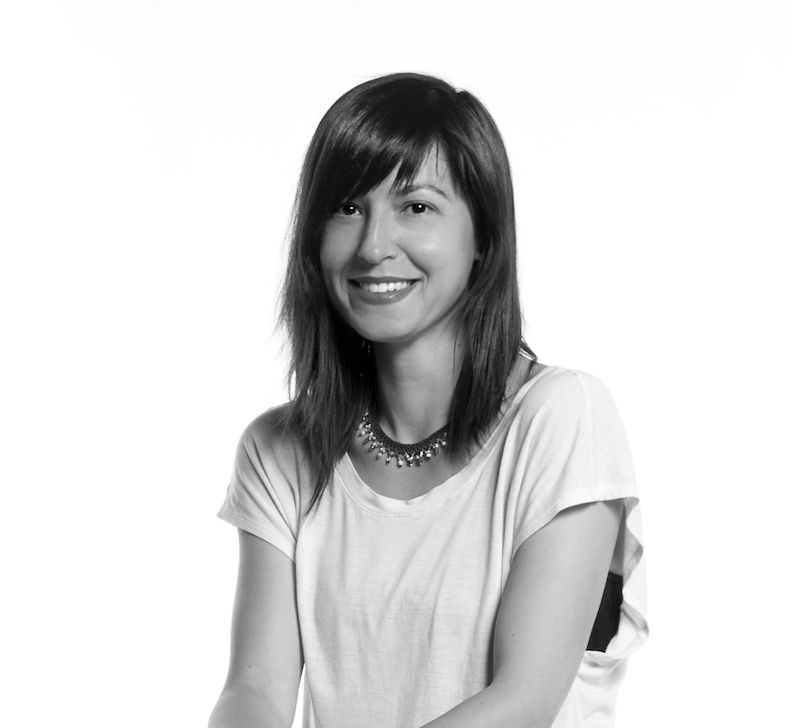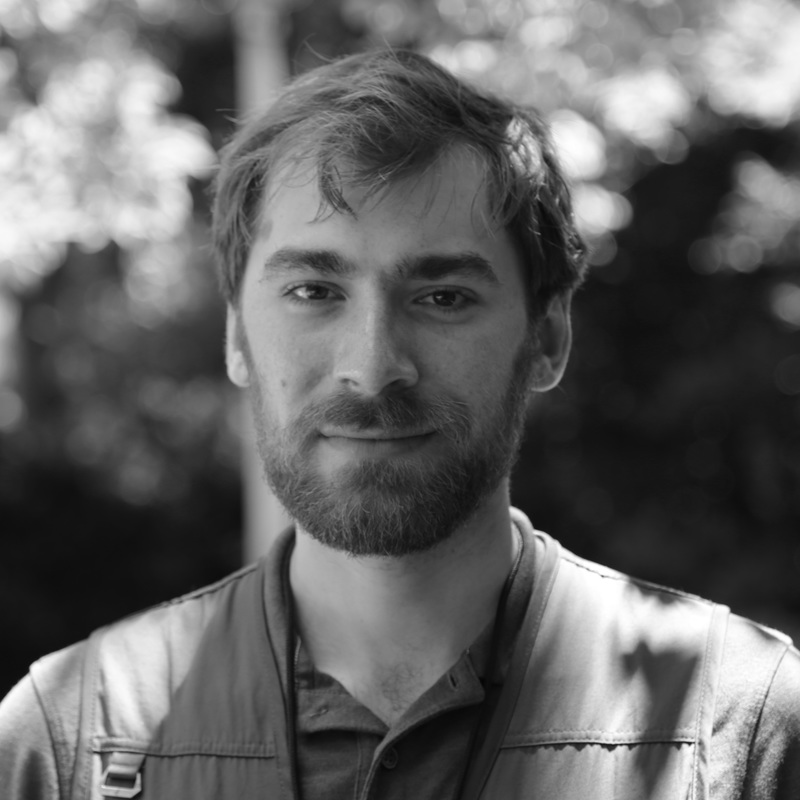|
Written by Paz EXPERIENCES ON TRANSDISCIPLINARY ART PRACTICE (ARTSCIENCE) AND TEACHING My collaborator Benjamin Andrew and I have decided to talk more about our previous artwork and how we both share similar interests in the ArtScience field. So this week I am presenting some of my work using bacteria and its aesthetic proprieties as a way to identify the presence of pollutants. I have been teaching and researching in Ecuador for some years and I had the opportunity of working with different scientists and learning from them. I was visiting artist at the Institute of Microbiology University of San Francisco de Quito for more than one academic year. I was permitted to attend microbiology, botanic and biology classes as an auditor, which allowed me to meet with different researchers and also exchange views. I was also able to investigate at this institute every week and I decided to research about an environmental ArtScience project which uses color changing bacteria from the environment as biomarkers to indicate the presence of specific pollutants and create an air quality monitoring kit so any citizen could use it. This represented the first ArtScience collaboration project, not only in this University, but in the whole country. In this lab they taught me the scientific methods in the fields of clinical microbiology (for instance, clinical urine analysis) and food microbiology (searching for E.coli presence). In the ArtScience field of study, thanks to the help of some of the microbiologists working in this Institute, I was developing the project mentioned before, about the lack of air quality monitoring we breathe, especially in industrial areas, and as result, the lack of information has fostered distrust between citizens and governments. This is an important problem for many cities and countries and that is why I am working on bioindicators directly expressed through aesthetic chances like colors by using different environment bacterias which I was able to obtain while my artistic residence at Casa Tres Patios Art Foundation in Medellín, Colombia in 2015. So far we have found that some bacterias are naturally resistant to some toxic chemicals from our environment like toluene and phenol. This is why my interest is focus on the fields of biotechnology, genetics, and/or microbiology as part of the next step to complete this project. HOW THE LABORATORY OF ARTSCIENCE STARTED A year and a half after I started working in this university and finally having the support of the Institute of Microbiology, which had invited me on several occasions to participate in conferences to show my research. I managed to convince the Dean of the School of Communication and Contemporary Art (where I was working at the time) to open a course to promote transdisciplinary practices. The requirements were that this course will be offered to all students from the first course to the last year of their degree, we would not have a laboratory (just a small painting studio with a projector and no Internet connection) and there would be no funding to purchase materials. Attendees were a total of 15 students from different careers such as art and performance, photography, painting, medicine, biology, psychology, and film. The contents of this course were divided into five blocks. Practice and theory studies as well as two sessions at the microbiology laboratory, a visit to the Institute of Meteorology, a field trip to help botanists collect photographic documentation, an experiment in the field of design and biology, and lectures from professors of philosophy, medicine, art, microbiology, biology and environmental engineering with a great interest in transdisciplinary projects. Students had to develop two projects: 1. A group work in collaboration with the Department of Environmental Communication: Environmental Protection & Sustainability initiative. 2. Teams of two students to develop an ArtScience project. One from scientific discipline and the other one from humanities. 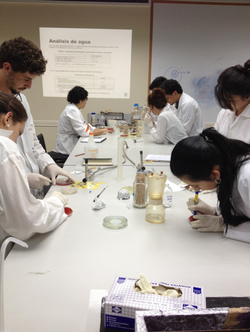 CONCLUSIONS
1 Comment
|
Visit our other residency group's blogs HERE
Paz Tornero is an artist, visiting professor at the University of Caldas in Colombia, researcher at the University of Murcia, Faculty of Fine Arts in Spain, and visiting fellow at the Institute of Microbiology (USFQ) in Ecuador.
Benjamin Andrew is an award-winning interdisciplinary artist, storyteller, and Instructor at Pennsylvania State University.
|

